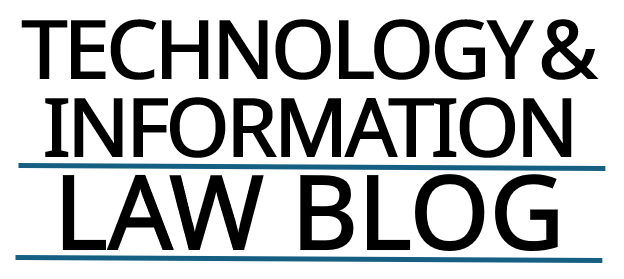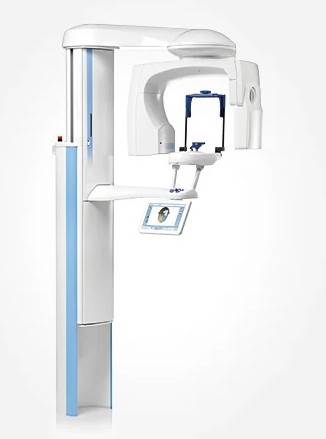In its September 2024 decision in Osseo Imaging, LLC v. Planmeca USA Inc., the Federal Circuit reaffirmed the standard for expert qualifications in patent cases, declining to impose a temporal requirement that an expert possess ordinary skill in the art as of the time of invention. The ruling has notable implications for litigation strategy, particularly concerning expert testimony on infringement and validity.
Background
Osseo Imaging accused Planmeca of infringing three patents—U.S. Patent Nos. 6,381,301, 6,944,262, and 8,498,374—related to orthopedic imaging systems that create densitometric and tomographic models. Following a jury trial, the District of Delaware entered judgment upholding the jury’s findings of infringement and nonobviousness. On appeal, Planmeca challenged the sufficiency of the evidence, centering its arguments on the qualifications of Osseo’s expert, Dr. Omid Kia.
Key Issue: Timing of Expert’s Qualification as POSITA
Planmeca argued that Dr. Kia could not offer substantial evidence on infringement or validity because he did not possess the requisite level of skill in diagnostic imaging in 1999, the patents’ alleged priority date. The Federal Circuit, however, rejected this argument, emphasizing that the governing standard—set forth in Kyocera Senco Indus. Tools Inc. v. ITC, 22 F.4th 1369 (Fed. Cir. 2022)—requires only that an expert possess the ordinary level of skill in the art, not that such skill must have been attained by the date of invention.
The Court underscored that Kyocera does not impose a temporal requirement, and it declined to infer one. It reasoned that an expert can acquire the necessary skill later and still reliably opine from the perspective of a person of ordinary skill at the relevant time. The Court further noted that Planmeca had not filed a Daubert motion or otherwise timely challenged Dr. Kia’s qualifications at trial, weakening its post-verdict objections.
Substantial Evidence of Infringement
Planmeca also challenged the jury’s infringement verdict on several claim limitations, including densitometry, tomographic modeling, and comparing digital models. The Federal Circuit upheld the verdict, finding substantial evidence for each element:
- Densitometry: The Court found that the accused systems’ calculation of Hounsfield Units (HU) constituted “quantitatively calculated bone density” under the court’s claim construction.
- Tomographic Model: Dr. Kia’s testimony supported that the systems merged data from multiple tomographic scans, satisfying the claim limitation.
- Comparing Models: The Court rejected Planmeca’s contention that a human, not the computer, must perform the comparison. It held that presenting models in a way that enables comparison—such as side-by-side alignment—was sufficient.
Obviousness: Competing Expert Testimony
As for validity, Planmeca contended that the asserted claims were obvious over a combination of prior art references, including Guenther, Mazess, Fontevraud, and DIMAXIS. However, the Federal Circuit held that substantial evidence supported the jury’s nonobviousness verdict. Dr. Kia testified that combining tomosynthesis (Guenther) with densitometric techniques (Mazess and Fontevraud) would not have been obvious due to the incompatibility between these imaging methods. The Court declined to reweigh the expert testimony or second-guess the jury’s credibility determinations.
Takeaways
- No Time-of-Invention Requirement for Expert Qualification: This decision reaffirms that an expert need only possess the requisite skill in the art—when they acquired it is immaterial for purposes of testifying from the perspective of a POSITA.
- Preservation Matters: The failure to timely challenge expert qualifications under Daubert or through trial objections may limit avenues for appeal.
- Substantial Evidence Standard Remains Robust: The Federal Circuit continues to defer to jury verdicts where the record reflects a reasonable basis for the findings, even in the face of competing expert testimony.
This decision serves as a reminder to focus early on expert qualification issues and underscores the importance of building a complete record—both for and against infringement and validity—at trial.
By Charles Gideon Korrell

